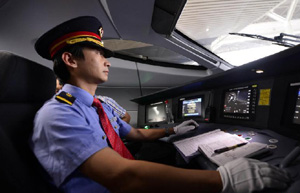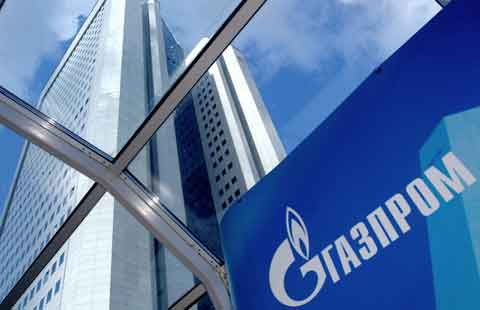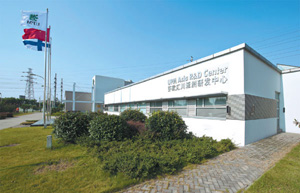China's supercomputer serves 'smart city' construction
(Xinhua) Updated: 2014-08-18 17:18TIANJIN - The assembly of China's next mega metropolis may leave architects and civil engineers feeling left out.
Developers with China's Tianhe-1A, one of the world's fastest supercomputers, are tapping into the binary brain's higher functions, moving it beyond animation and Internet financing to help in the construction of new "smart cities", said a researcher on Monday.
The Tianhe-1A can digitize the planning, designing, construction and property management of buildings in a city, said Meng Xiangfei, head of the applications department of the National Supercomputer Center in Tianjin.
The costs and building materials, down to which types of cement and steel are needed, can be figured out through the computer's virtual designing software prior to the completion of a building, he said.
"For example, big data-based modeling of a subway project can reduce construction costs by 10 to 20 percent," said Meng, adding the big data platform has been used in underground construction projects.
With a sustained computing speed of 2,507 trillion calculations per second, in the future Tianhe-1A will have more use in urban planning, meteorological forecast, bio-medical and equipment production, said Meng.
Tianhe-1A has had more than 600 users and is carrying out more than 1,000 computing tasks per day.
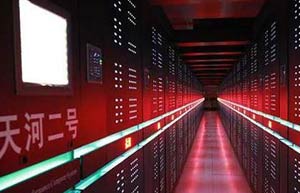 |
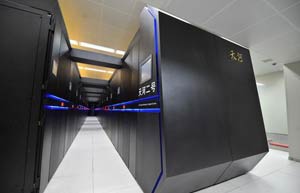 |
| Supercomputer designer defends brainchild | World's fastest supercomputer gets even faster |
- China to expand agricultural produce trade with Russia
- Chinese firm recruits nearly 2,500 Kenyans for rail project
- Mixing old and new recipe for success
- China, Australia perfect partners in dairy dining boom
- Lending slump not a concern for policymakers
- Rash diversification could undermine Alibaba
- S. Korean president meets with Alibaba's Ma
- Chinese market attractive for Lithuanian companies



